by Aoife Donnellan, photos by Ériver Hijano // Sept. 14, 2022
Anna Ehrenstein leads us up a few flights of stairs to her Lichtenberg studio where we enter a large room with windows overlooking a particularly grey industrial corner of Berlin. Taking a seat on a dark grey exercise ball, she invites us to sit next to a wall on which works from ‘Tupamaras Technophallus’ (2020), Ehrenstein’s collaboration with Bogata-based voguing collective House of Tupamaras, are hung. Two of the images capture the collective, dressed in kink clothing, sitting atop a decommissioned aeroplane. “It was really important to use slutty and kinky materials,” explains Ehrenstein with a playful grin, “because this is not something that we as a society would directly link to science and technological iconography, but maybe that’s the solution. Maybe all of these scientists should just have a little bit more kink in their lives.”
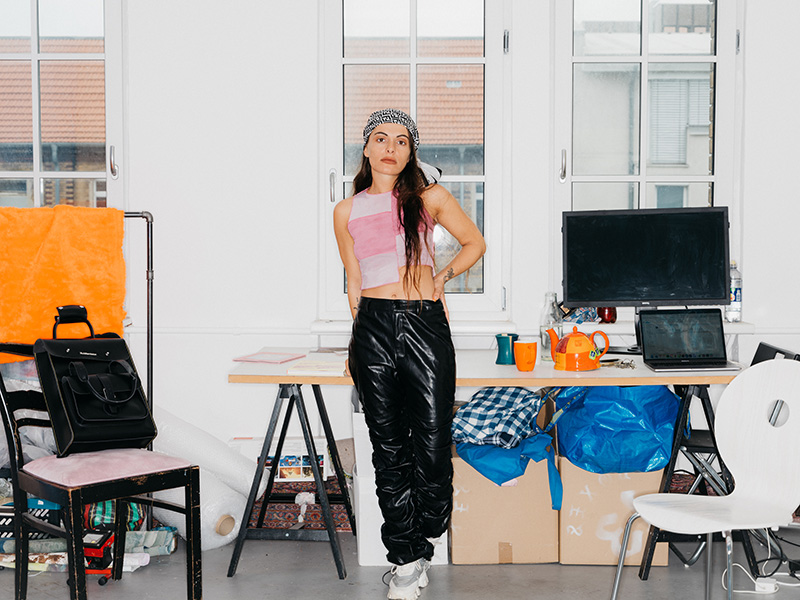
The materiality of Anna Ehrenstein’s work is central to its conception. She combines sculpture, video, photography, fashion, installation, and portraiture, among other mediums and formats, to create a sense of texture and discussion. A German-Albanian artist, Ehrenstein studied photography before expanding her artistic and curatorial practice. In her installation work, she uses specific materials and colours—such as glitter, plastic and neon—to highlight preconceptions about subjects. Her use of incongruity encourages viewers to examine their assumptions about nationality, technology, and authenticity.
Across the room stands a sculptural work from the same project—an industrial metal frame holding a portrait printed on a satin-like material, surrounded by purple and yellow plastic sheets, and held up by neon rope. This collection of contrasting materials features in a number of Ehrenstein’s installations. “The choice of materials comes from the idea of the project,” she explains while discussing the material connection between physical and digital elements in her work. “I print photographs on different textiles to find analogies of de-virtualizing glitches and de-virtualizing pixels.” By printing on materials that fold and reflect differently depending on the environment, Ehrenstein explores the experience of a digital glitch in analog form. “For example, you see that a lot of the works in ‘Tools for Conviviality’ (2020) are printed onto plexi so as to reference screen aesthetics and explore how screens form our world. Working with see-through materials also creates new collages within the room. It’s a hybrid of playing with materials that make sense and playing with materials that are surprising because they are excluded from a canon of knowledge.”
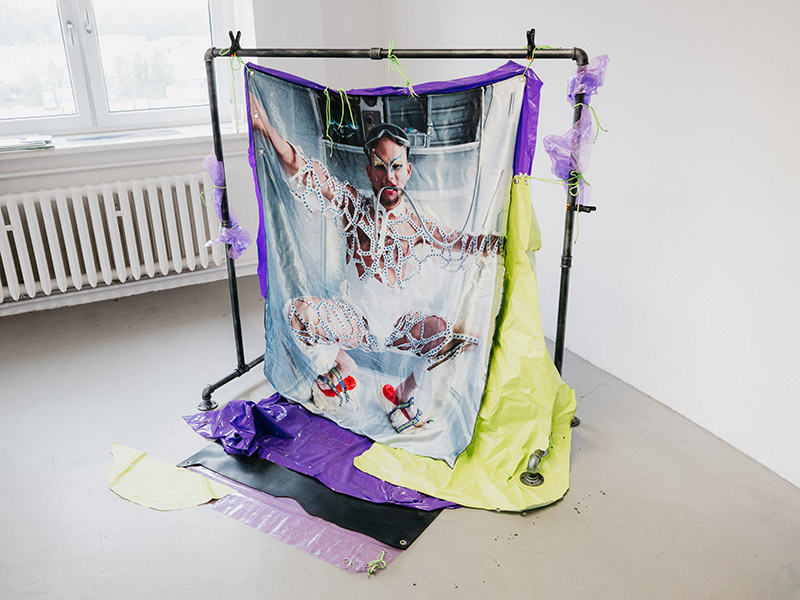
Alternative knowledge practices play a large part in Ehrenstein’s work. She spends her time researching, travelling, creating sculptural works in-studio, and editing at home. She often initiates collaborations to learn about subjects that are outside of her knowledge base. “When working in a collaboration, it is so important to not act as if power structures do not define our reality, but rather to try to figure out what the power structures are and how we are situated within them. Every time I work with somebody, the power structure changes. If I work in a German context, I’m not white, but if I work in Nigeria, suddenly I’m white. So of course, every person has different needs.”
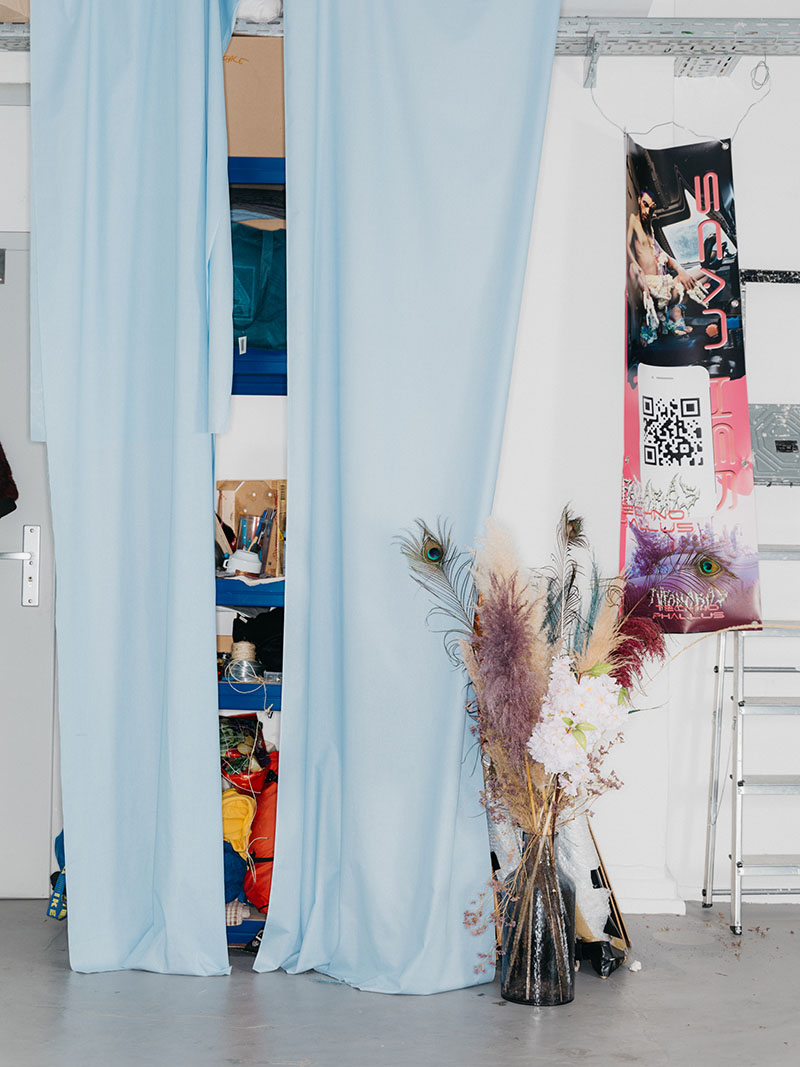
To illustrate the contextual nature of her work, Ehrenstein points to three beautifully designed catalogues-cum-artist books on the desk before us. She hands me the one titled ‘Tools for Conviviality,’ which takes its name from a book published in 1973 by philosopher Ivan Illich. The exhibition aimed to critically examine technology’s role in creating a supposedly borderless international network of communication. “Usually, if I’m the initiator, then I try to find out what my partners need, and how we can come together best. In this work I went to Dakar and contacted people online because they were making goods and they also had a community-based online practice.” She notes that a “wandering of ideas” is also central to her work—some ideas are left behind in the places she visits while others are taken home with her. For ‘Tools for Conviviality’ Ehrenstein received the C / O Berlin Talent Award in 2020.
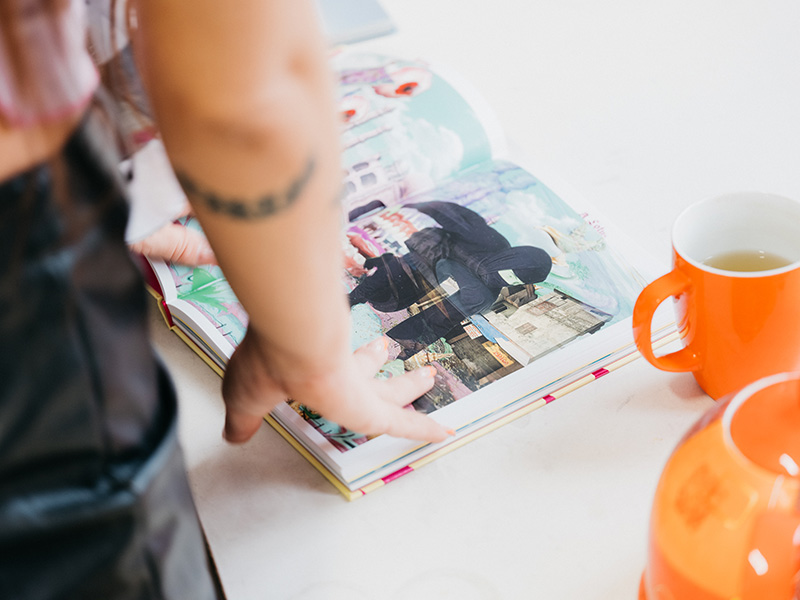
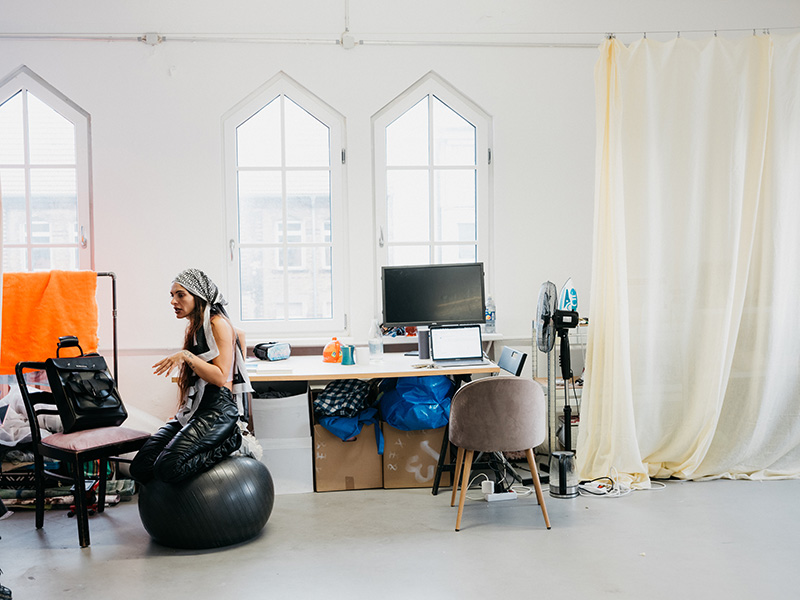
Ehrenstein’s upcoming exhibition, ‘The Balkanization of the Cloud’ (2022), at Office Impart opens September 15th and coincides with Berlin Art Week. The exhibition consists of video, textile, installation and tapestry. She has collaborated with Lux Venérea and Jonathon Omer Mizrahi to create the video work ‘The Nationstate as Instagram Influencer’ (2022). Her inspiration for the piece was a desire to highlight how propaganda is not just something spread by the usual suspects: “I’m tired of solely hearing about China or Russia, the cliché countries, manipulating through digitised propaganda. In the video we’re talking about Israeli pinkwashing, greenwashing and Bolsonaros’ anti-LGBTQ propaganda. These types of propaganda are so surreal that I wanted to speak about them, but I knew I couldn’t speak about these cases without somebody from the community. So I just had the idea and then they wrote their own script for their part. Later I edited the parts together. The process is more like inviting a friend to make their own artwork that will be hosted within my artwork.”
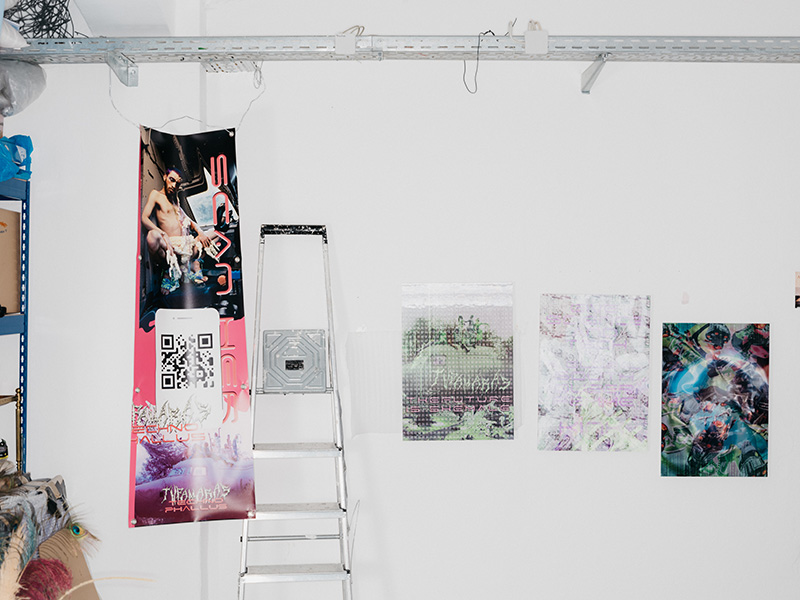
During her preparation for the second video work, Ehrenstein trained in hypnotherapy to create ‘The Hypnotization of the Cloud’ (2022). She laughs as she explains the first day of training. “The introduction was fun, because everybody was a therapist or psychosomatic doctor and I’m like, ‘I’m an artist and I want to hypnotise the internet’.” But can hypnotherapy be used as a revolutionary method against nationalist propaganda? “There’s a certain sadness in the condition that we are at a point where fascism is so deep in our veins that I’m trying to hypnotise it out of our subconscious. It’s quite a desperate move on the one hand, but on the other hand, it’s also this idea that actually, there is always the possibility for altered states, and maybe we just have to get a bit more innovative. I think we see this in the rise of astrology or in the increasing interest in indigenous practices.”
When talking about her work, Ehrenstein is particularly eloquent. Her listing of facts, elaboration on contradictions within our social and political condition, and her focus on unlearning assumed perspectives could make one expect a visual practice that is dry in its aesthetic approach. Yet Ehrenstein gravitates toward a lively bright rave aesthetic tied to hedonism and club culture.“I think these are forms of gathering and forms of collectivity that create types of safer spaces,” she explains. “Life is shit so you have to have little moments of utopian escapism and hedonism to survive the madness that you encounter on a daily basis. The Western art world really likes to see marginalised people victimise themselves. There’s a certain fetish, particularly in journalism, of wanting to show them crying or suffering in black and white photographs. A lot of my collaborators and I have really tried to deny that type of fetishization. A joyous moment can also be a gesture of ‘fuck off’ to the mainstream media.’ We are saying,‘No, this is my life, my choice, my survival’.”
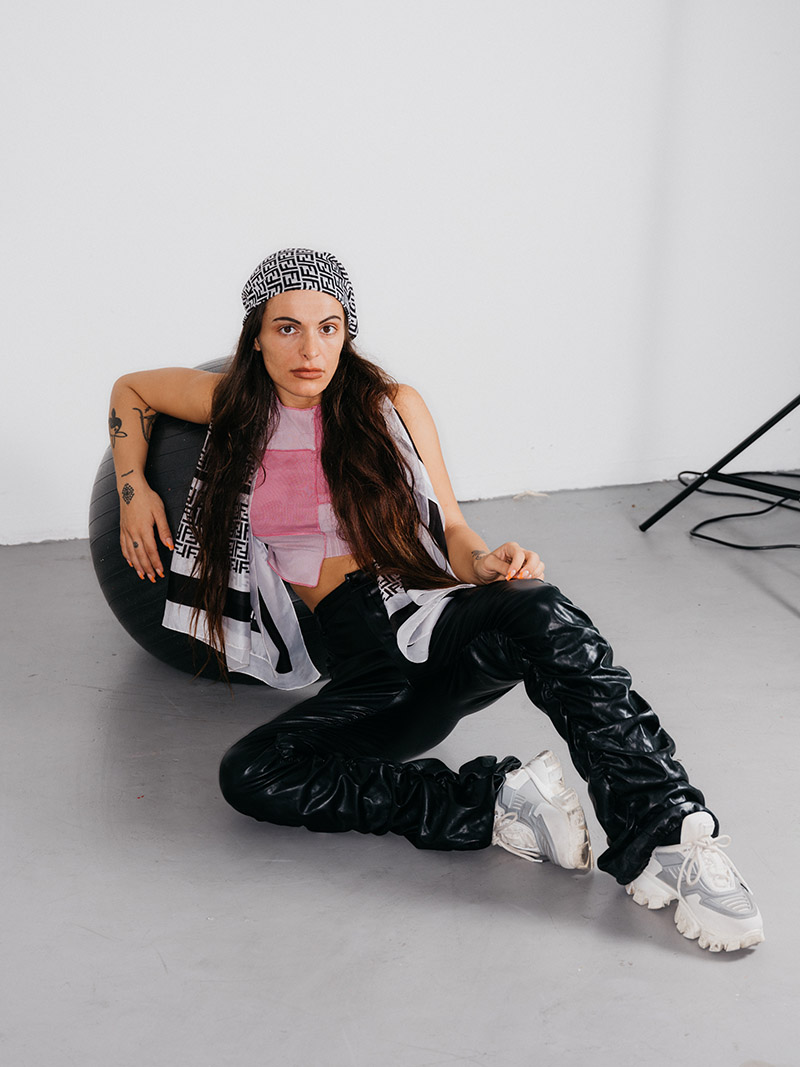
Artist Info
Exhibition Info
Office Impart
Anna Ehrenstein: ‘The Balkanization of the Cloud’
Opening Reception: Thursday, Sept. 15; 6–9pm
Exhibition: Sept. 15–22 Oct, 2022
Waldenserstraße 2–4, 10551 Berlin, click here for map






















